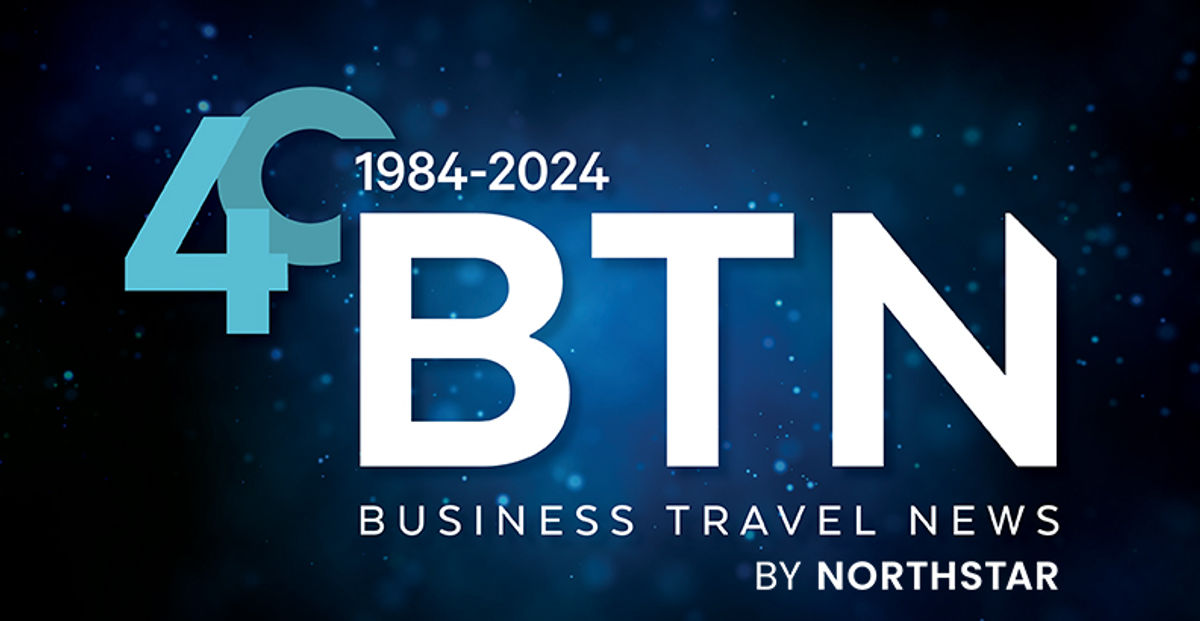Global airfare price increases for most regions except Australia should continue to stabilize in 2025, furthering a trend that began in 2024, according to American Express Global Business Travel’s Air Monitor 2025 report, released Monday.
The travel management company in the report also cited continuing trends that could affect 2025 pricing, including the softening of leisure demand, capacity growth, geopolitical tensions that could affect fuel costs, increased charges like environmental surcharges and new global distribution system fees, increased labor costs because of new contracts, and airlines’ continued adoption of New Distribution Capability.
Regarding the latter, with the increased use of NDC comes advanced pricing strategies, such as dynamic pricing, “where airlines can offer more price points and adjust airfares based on contextual information such as supply and demand, market conditions, competitors’ fares and ‘willingness to pay,’ ” according to the report.
“In 2025, businesses will be faced with a new reality in their air programs—even though price rises are leveling off and capacity has returned, fares remain high,” Amex GBT SVP of professional services Gerardo Tejado said in a statement. “Corporates should expect tough negotiating stances from airlines, particularly as carriers evolve their distribution models. Business travel buyers will need to be strategic—for example, around loyalty and program performance data—to get value in this environment.”
The travel management company projects 2025 business-class fares within North America to increase 2.7 percent year over year and within Europe to rise 1.2 percent. Economy-class fares for each region are projected to increase 2.8 percent.
South American business-class fares within the region are projected to increase a slight 0.3 percent year over year, while economy-class fares are forecast to rise 3.6 percent. Asia is the only region where business-class fares are projected to decrease, by 1.5 percent, though economy fares are forecast to rise 2.3 percent.
Australia is projected to see the highest fare increases for intra-regional travel, with business-class fares up 7.8 percent and economy-class fares up 13.7 percent year over year.
Inter-regional fare projections are more mixed. Business-class fares between North and South America are projected to decrease 1 percent compared with 2024, with economy-class fares down 8 percent. Fare increases between North America and Europe are projected to be modest, with business-class fares up 1.5 percent and economy fares up 0.8 percent. Fares between Europe and the Middle East are projected to increase 6.8 percent for business class and 6.7 percent for economy.
The report also cited the use of AI by airlines and technology providers to “sharpen revenue management and retailing capabilities.” Examples included British Airways partnering with Amadeus to design its offer-and-order capabilities using AI, and Delta Air Lines exploring how AI could be used in pricing “to help determine what consumers are willing to pay for the airline’s premium products, relative to its base fares.”
Amex GBT used Prophet time series modeling to generate the air price forecast. Data for the analysis came from Amex GBT’s “data lake” as well as inflation and gross domestic product forecasts from the International Monetary Fund.

